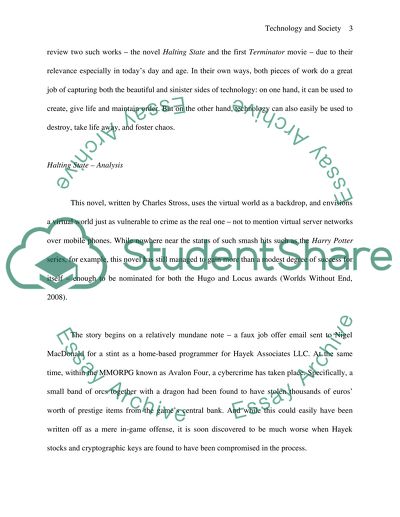Cite this document
(“Technology in Society Essay Example | Topics and Well Written Essays - 4000 words”, n.d.)
Retrieved from https://studentshare.org/environmental-studies/1411256-technology-in-society
Retrieved from https://studentshare.org/environmental-studies/1411256-technology-in-society
(Technology in Society Essay Example | Topics and Well Written Essays - 4000 Words)
https://studentshare.org/environmental-studies/1411256-technology-in-society.
https://studentshare.org/environmental-studies/1411256-technology-in-society.
“Technology in Society Essay Example | Topics and Well Written Essays - 4000 Words”, n.d. https://studentshare.org/environmental-studies/1411256-technology-in-society.


